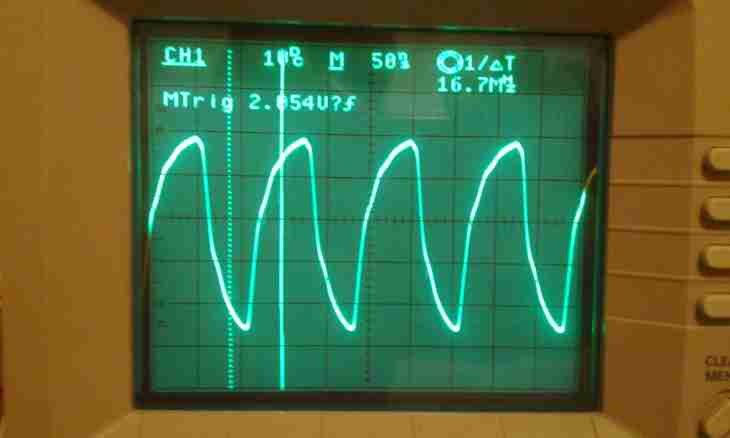The oscillatory contour consists of the capacity, inductance and active resistance. Frequency of fluctuations in a contour, so, and the period of these fluctuations depends on values of the first two from these sizes.
Instruction
1. In a contour (including parasitic) do not pay attention to active resistance. It can be required at the solution of other tasks where it is necessary to calculate good quality of a contour and speed of attenuation of fluctuations in it. Frequency, so, and the period, do not depend on it.
2. Transfer basic data to SI units: capacity - in farads, inductance - in henry. At the same time it is convenient to use the calculator with sedate representation of numbers. If the inductance and capacity are expressed in SI units, the frequency and the period after their calculation will turn out in terms of the same system - respectively, hertz and seconds.
3. Increase capacity by inductance. Take a square root from the work. Increase result by the doubled number "пи", the period as a result will turn out. The corresponding formula looks so: T=2π √ (LC) where T is the period (c); π - number "пи"; L - inductance; C - capacity (T).
4. If necessary (if it is required in a task) calculate as well the frequency of fluctuations. For this purpose find size, the return to the period, that is divide unit into the period: f=1/T where f is frequency, Hz; T - period, page.
5. Transfer result to those units which are required on a statement of the problem. For example, the period can be transferred to milliseconds, microseconds, and frequency - in kilohertzes, megahertz, gigahertzes, etc.
6. Frequency (so, and the period) does not depend on whether the contour is parallel or consecutive. But in both cases can influence it capacity and inductance of external chains and even nearby objects. The major difference between parallel and consecutive contours is that the first of them has at a resonant frequency the maximum resistance (in ideal conditions equal to infinity), and the second - minimum (in ideal conditions - equal to active resistance). Both contours at sufficient good quality are capable to allocate, depending on a way of inclusion, either the resonant frequency, or all frequencies, except resonant.

